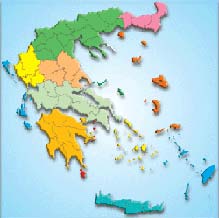
Please click on the map,
the region you want to visit |
|
|
|
|
| |
|
 |
Petaloudes of Paros |
|
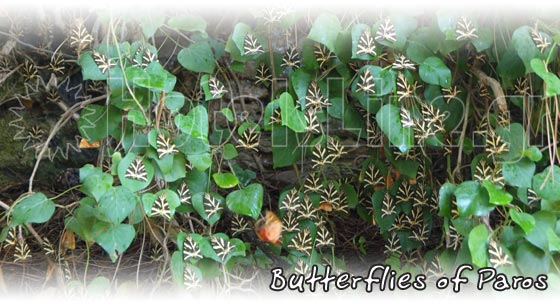 |
 |
The famous Valley of the Butterflies of Paros is located in a short distance (5 km) south of Parikia, on the road to Aliki.
The area has plenty of running waters and lush vegetation, an ideal home for hundreds of butterflies moving here during the summer months.
The scientific name of butterfly is Panaxia Quadripunctaria of Arctiidae genous and differs from usual butterflies. It belongs to moths. These along with the butterflies are the two subfamilies of Lepidoptera.
At the entrance of the "valley" there is a cafe-bar where you can enjoy a drink or coffee in an exceptional natural environment.
You can admire the butterflies from 9 am until 8 pm, paying a nominal ticket designed to meet the revenue needs of the maintenance and storage area.
 The "butterflies" as the valley is called, is a habitat covered, in contrast to the surrounding areas, with many trees and shrubs.
Towering cypress, plane trees and Agrilia, laurel and carob trees and lots of fruit trees, all embraced by lush green ivy. The vegetation is lush, the dew rises from the spring and the light of the sun reaches the ground through the thick leaves.
The butterflies here are all of the same kind and their colour is brown - black with yellowish margins and strips when they stand and two red rear wings when they fly.
 The butterfly in its growing sustains four distinct stages known as metamorphosis (egg - larva or caterpillar - pupa or chrysalis - mature insect). In this last stage the butterfly appears in the valley during the summer months. The butterfly in its growing sustains four distinct stages known as metamorphosis (egg - larva or caterpillar - pupa or chrysalis - mature insect). In this last stage the butterfly appears in the valley during the summer months.
This massive movement is gradual. Begins in mid-June and ends in August. In September, the females leave the valley, traveling only at night, go to drop their eggs in areas with shrub vegetation of evergreen sclerophyllous plants. Each female gives birth to about 100 eggs, smaller than a millimetre and then dies.
The caterpillars appear in early October, a time when the rain begins in the Mediterranean, so they have plenty of food. Nevertheless, the Tiger Moth feeds only at this stage of its life that lasts throughout the winter.
Early May and the caterpillar is transformed into a chrysalis, and in about mid-June, the perfect insect emerges. The butterfly does not eat anymore. But in its body has stored enough fat. This fat is the "fuel" for the summer, both for travel and for survival.
The butterflies in search of more suitable living space, travel at night and land in the valley.
Here, during the day-light, they remain almost motionless on the trunks and rocks and as the night comes, following the fluctuations of the temperature, they go at the foliage.
At the end of August they will mate and in September the female will go to leave its eggs. The valley seems to offer the ideal conditions for their breeding.
The valley also holds risks, lizards, wasps, even the spiders are enemies. The butterflies, because of their nocturnal behaviour, are mainly prey for the bats.
The butterflies use ultrasounds to find their way in the nature and to avoid any danger.
But the greatest enemy and the primarily responsible for the reducing of the number of butterflies in the valley, is man.
|
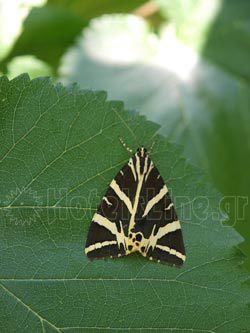
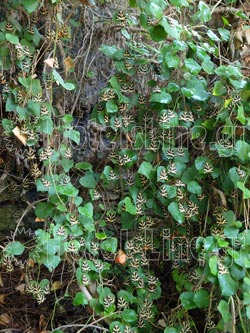

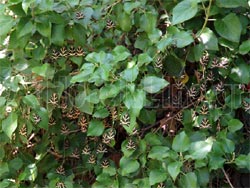
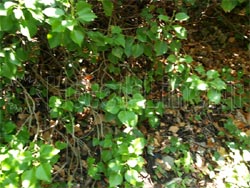
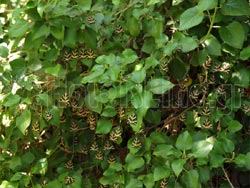 |
 |
Accommodation and Entertainment proposals in Petaloudes |
|
|
|